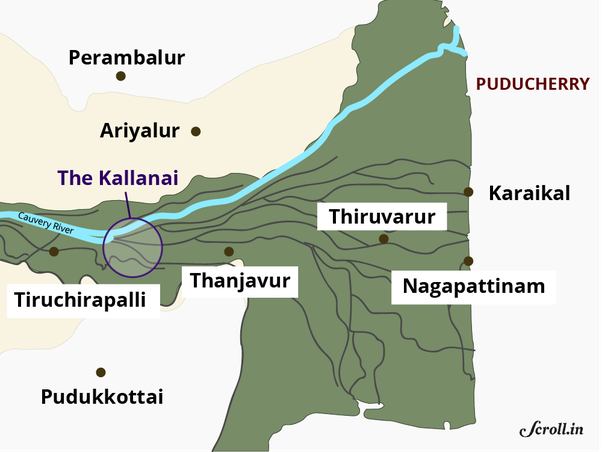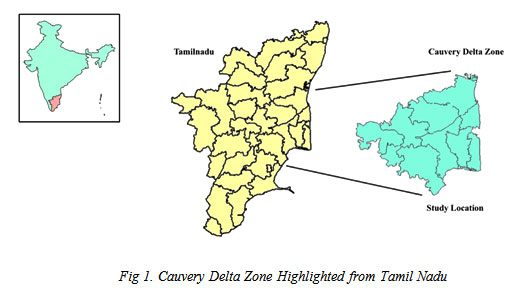What is the issue?
- Recently, Cyclone Gaja made its landfall between Nagapattinam and Vedaranyam in Tamil Nadu. Click here to know more.
- The extent of damage caused by Cyclone Gaja is much worse than what was believed earlier and thus calls for an integrated relief effort.
How severe is the disaster?
- The impact was not considered to have been this severe in the initial days after the cyclone stuck as the death toll was relatively low.
- But Cyclone Gaja is a major disaster, and its economic impact in Tamil Nadu is comparable to that of the tsunami of 2004.
- People - The suffering, the loss, and the displacement are of an enormous magnitude.
- People are distraught as houses have collapsed, farms lie ruined, water sources are contaminated and electricity supply remains disrupted.
- The Tamil Nadu government has estimated the number of people rendered homeless at 3.7 lakh, and houses destroyed at 3.4 lakh.
- Livelihoods - The cyclone has crippled agriculture and livelihoods, felling thousands of productive trees and killing livestock.
- The districts of Tiruvarur, Nagapattinam, Thanjavur and Pudukottai are the severely affected.
- These are the fertile Cauvery delta districts which are considered the granary of the state of Tamil Nadu.


- The cyclone swept in wind and water, destroying lakhs of trees.
- These include commercial coconut, banana, cashew, mango, jackfruit, casuarina, betelvine, eucalyptus, teak and sugarcane on thousands of hectares.
- Between 60% and 80% of the coconut trees in the region have fallen.
- Notably, these contribute a quarter of India’s coconuts with the highest unit yield.
- Unlike paddy or many other crops, bringing coconut plantations back to life will take years.
- The paddy crop of the samba/thaladi seasons was also damaged in some places.
- Boats and huts of fishermen were destroyed. Nearly a lakh tonne of stocks in salt pans in Vedaranyam in Nagapattinam district were washed away.
- Ecosystem - The Point Calimere Wildlife Sanctuary, a Ramsar site (a wetland of international importance for conservation), was ravaged.
- Carcasses of blackbuck, spotted deer, feral horses and birds were washed on the shores of Karaikal in Puducherry.
What lies ahead?
- Infrastructure - Tamil Nadu government's top priority should be to restore administrative systems and service delivery in the affected areas.
- Many areas still remain inaccessible because fallen trees have blocked roads.
- Physical access, electricity connections and public health facilities are essential for effective relief work to be undertaken.
- Compensation - The farm insurance under Centre’s Fasal Bima Yojana covers only food crops, oilseeds and annual horticultural crops.
- But many of the farmers have invested in various trees and livestock, expecting long-term returns.
- The large number of stricken farmers should thus be assured of a moratorium on any agricultural loans that they have taken.
- A fair and special compensation scheme should be prepared.
- The state government has given the Centre a memorandum seeking nearly Rs. 15,000 crore for restoration, rehabilitation and mitigation, besides Rs. 1,431 crore for immediate relief work.
- The State’s requirements should be met in full.
Source: The Hindu
Quick Fact
Pradhan Mantri Fasal Bima Yojana
- The Pradhan Mantri Fasal Bima Yojana (Prime Minister's Crop Insurance Scheme) was launched in 2016.
- It envisages a uniform premium of only 2% to be paid by farmers for Kharif crops and 1.5% for Rabi crops.
- The premium for annual commercial and horticultural crops will be 5%.

